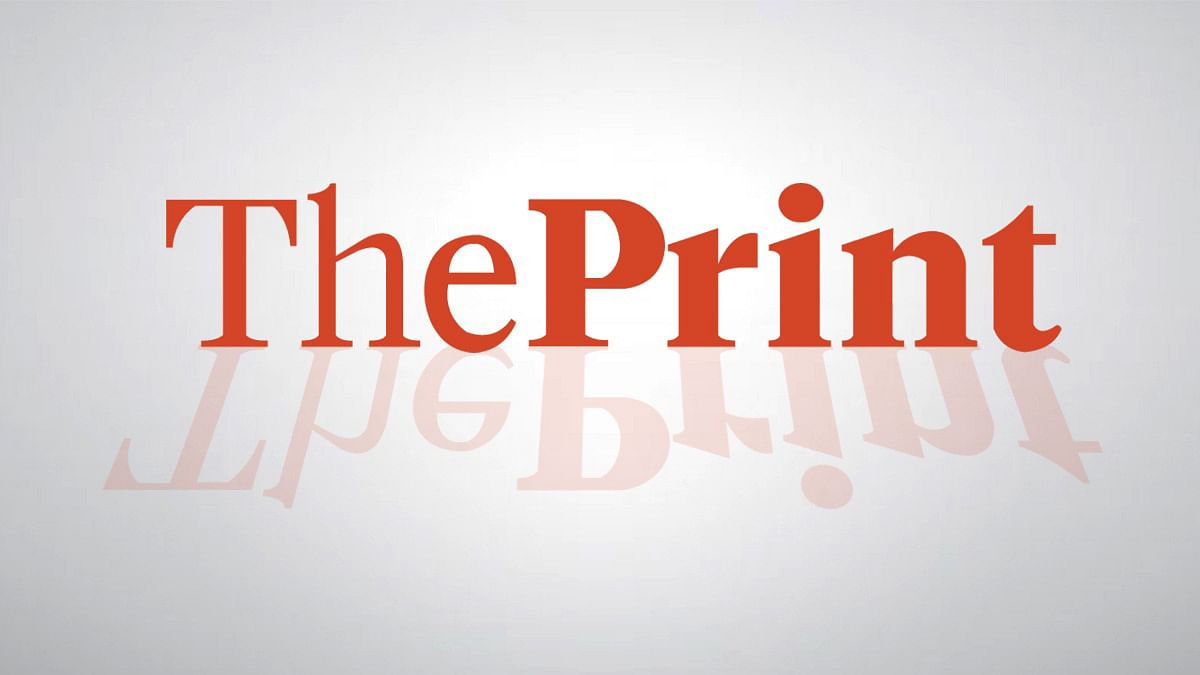Nike shares experience worst day ever and lose $28 billion in value

Nike shares plunged nearly 20% on Friday after the company said it expected sales to decline in the new fiscal year, the latest sign of severe turmoil at Oregon’s largest company.
It was the largest single-day crash in Nike’s history, wiping out approximately $28 billion in shareholder assets.
Even before Friday’s crash, Nike’s share price had been steadily declining after rising above $170 in November 2021. The stock closed at $75.36 on Friday.
Under CEO John Donahoe, who took office in 2020, the sporting goods giant relied heavily on direct sales and the popularity of Nike classics like Air Jordans, Dunks and Air Force 1. The move away from wholesale opened up shelf space for competitors like Hoka and On, which have gained momentum.
On Thursday evening, the company announced that demand for “lifestyle” sneakers such as Dunks was declining more than previously expected.
“We were surprised by what we saw in these larger franchises as we moved through the … quarter,” Chief Financial Officer Matt Friend said in a conference call with stock market analysts.
Friend predicted a mid-single-digit percentage decline in Nike’s sales for the fiscal year beginning on June 1. Analysts had previously expected sales to increase by around 2 percent, according to Bloomberg.
“Last night was a big disappointment on all fronts,” said Brian Yarbrough, a consumer research analyst at Edward Jones. “There weren’t many positives.”
Before Friday, the worst day for Nike stock was a one-day drop of 19.5 percent on Feb. 27, 2001. On that day, the company said, a new ordering system “messed up the shoe manufacturing schedule,” leaving Nike with “twice the amount it needed.”
In Thursday’s conference call, Donahoe and Friend used the word “comeback” a total of five times as they tried to convince investors that Nike’s previously announced plans to revitalize its product pipeline around the holiday season will bear fruit.
In addition, the company has laid off two percent of its workforce as part of a $2 billion cost-cutting program.
Some analysts remained skeptical, especially after the sudden change in Nike’s sales forecast.
“Management’s credibility is being seriously questioned and the possibility of a regime change at the executive level creates further uncertainty,” Stifel CEO Jim Duffy wrote in a note to investors.
Sam Poser, an analyst at Williams Trading, put it more clearly.
“Nike is a mess and as shattered as any trust we may have had,” he wrote, adding that recent layoffs and voluntary departures left the company understaffed at a moment of crisis.
Edward Jones’ Yarbrough was less pessimistic given Nike’s track record.
“If you look back in history, you can see that the years that followed when Nike put all its energy into innovation were usually very good.”
— Matthew Kish covers business, including the sportswear and banking industries. Reach him at 503-221-4386, [email protected] or @matthewkish.
Our journalism needs your support. Subscribe to OregonLive.com today.



